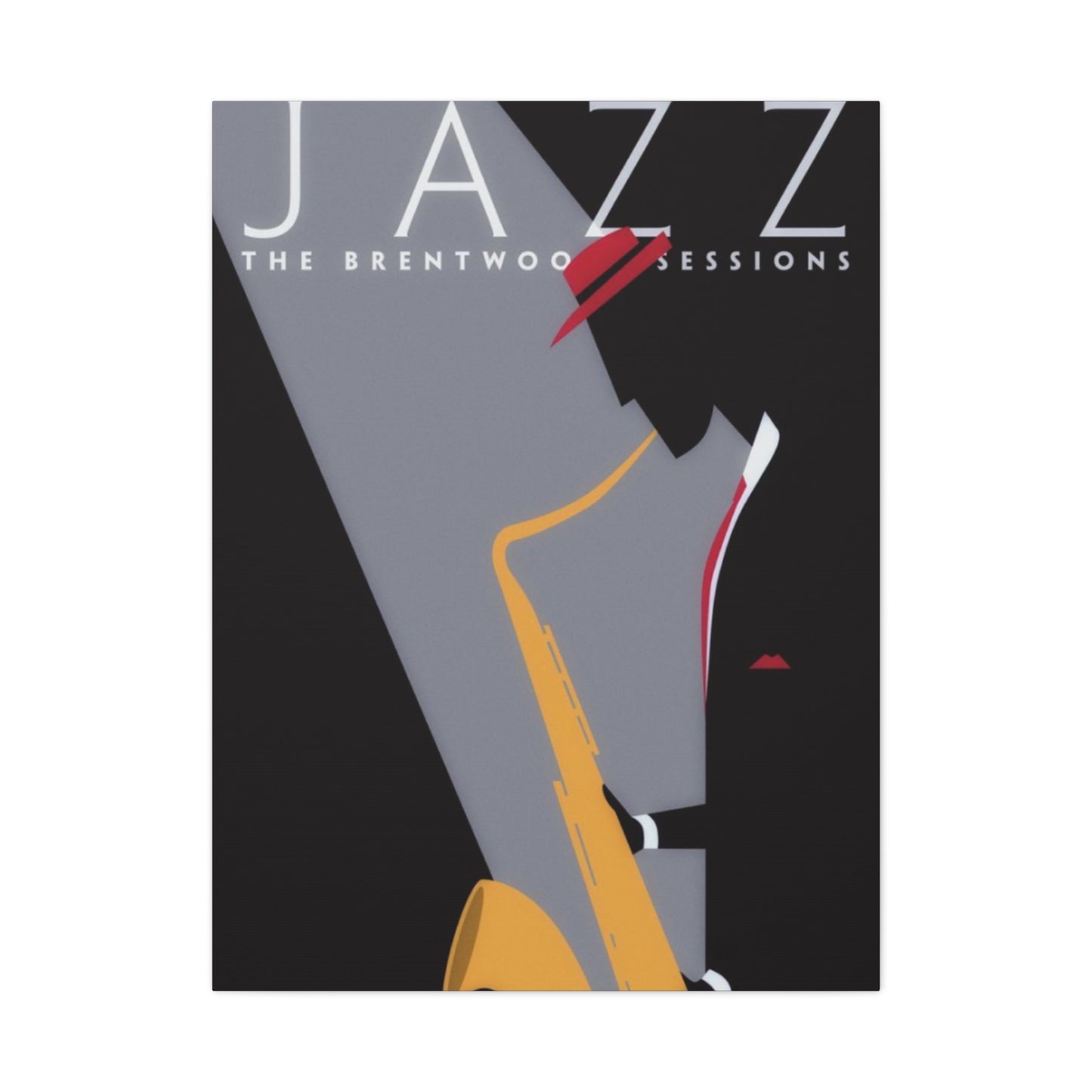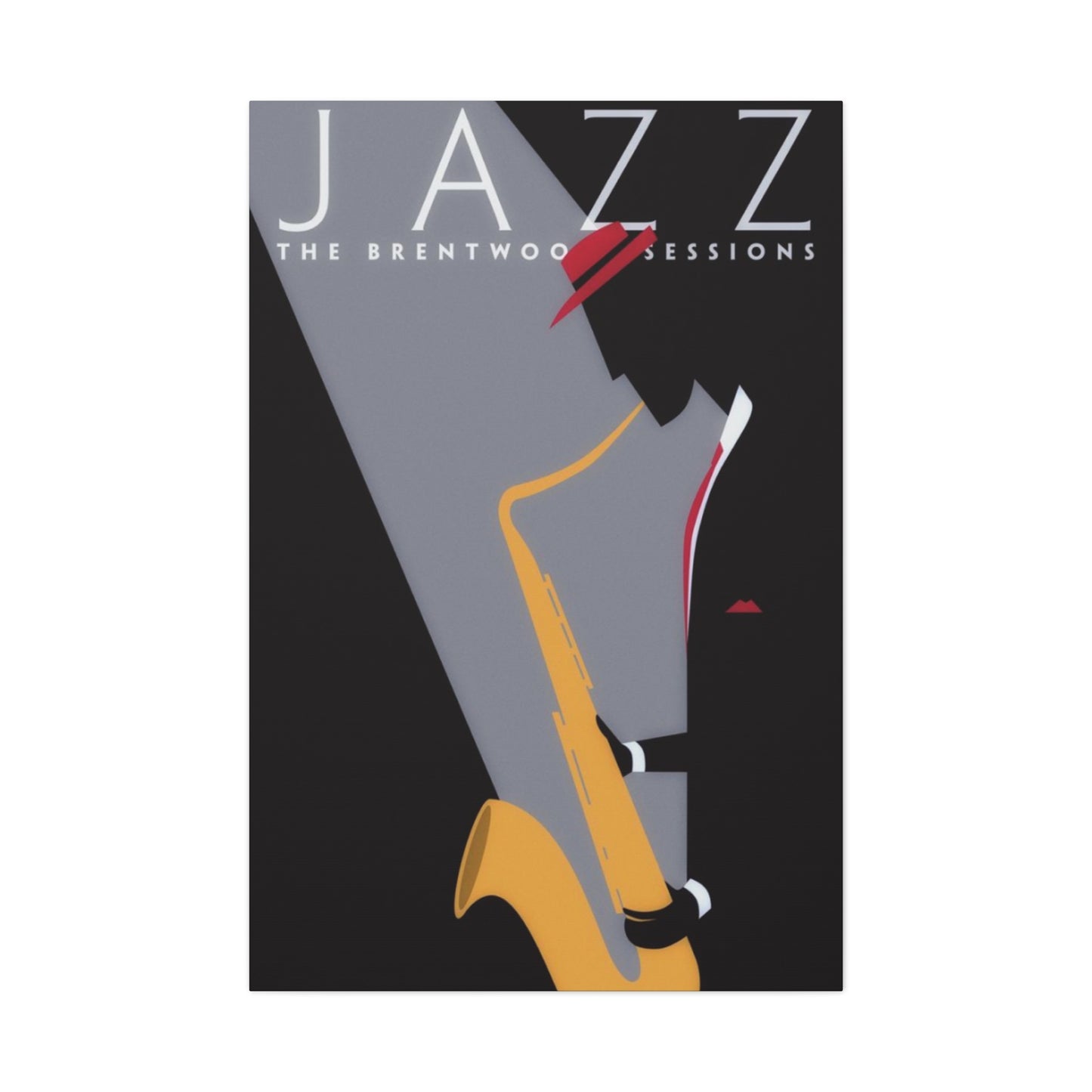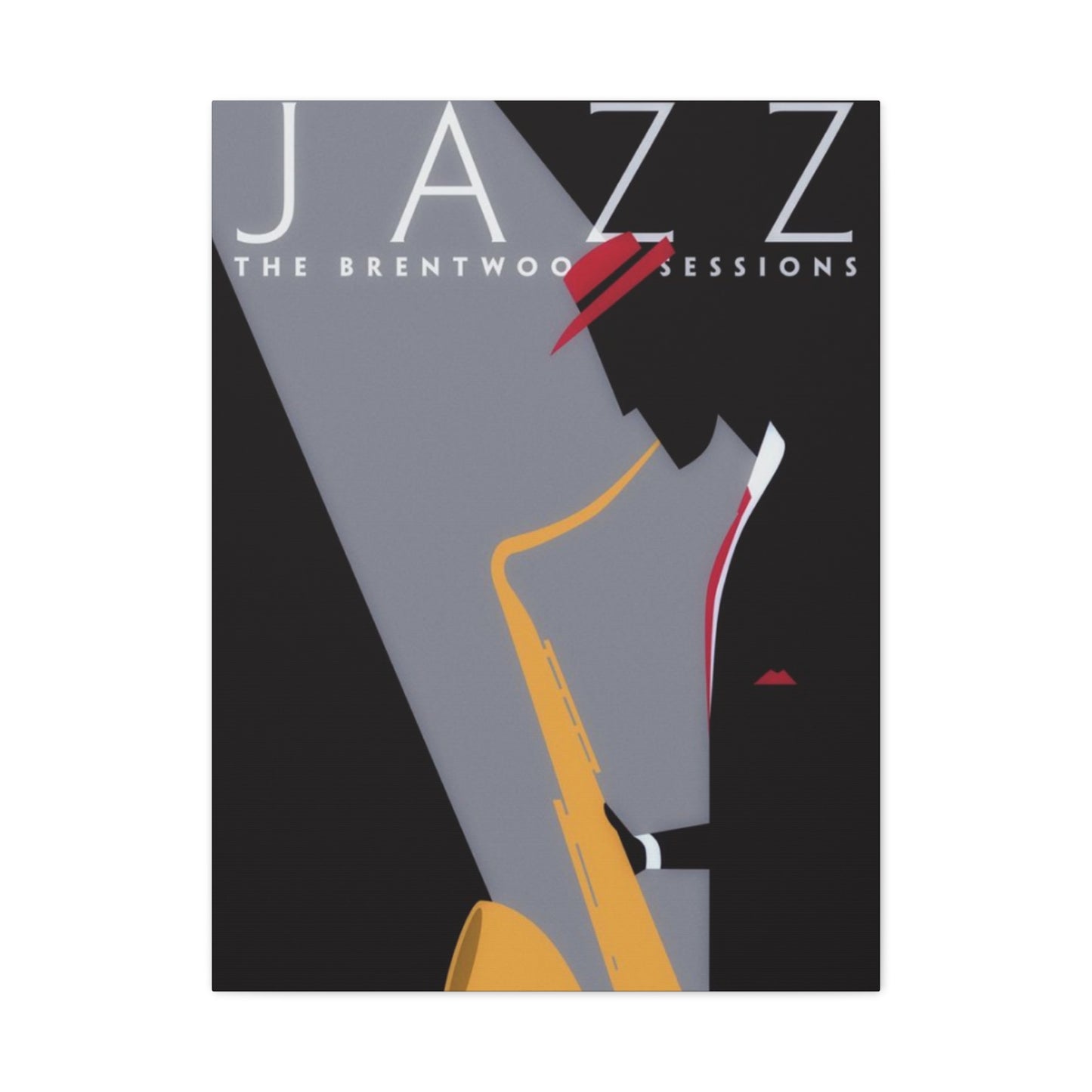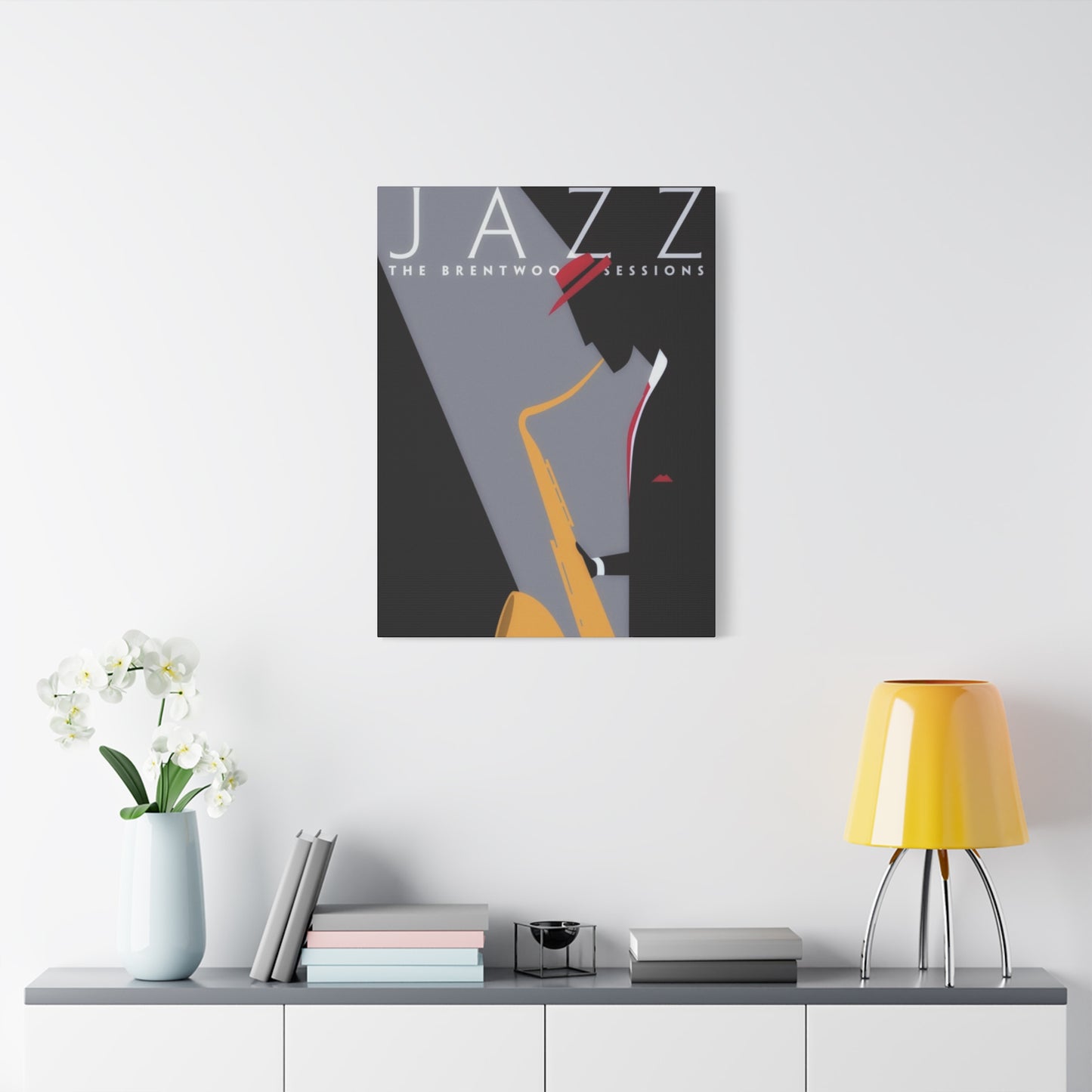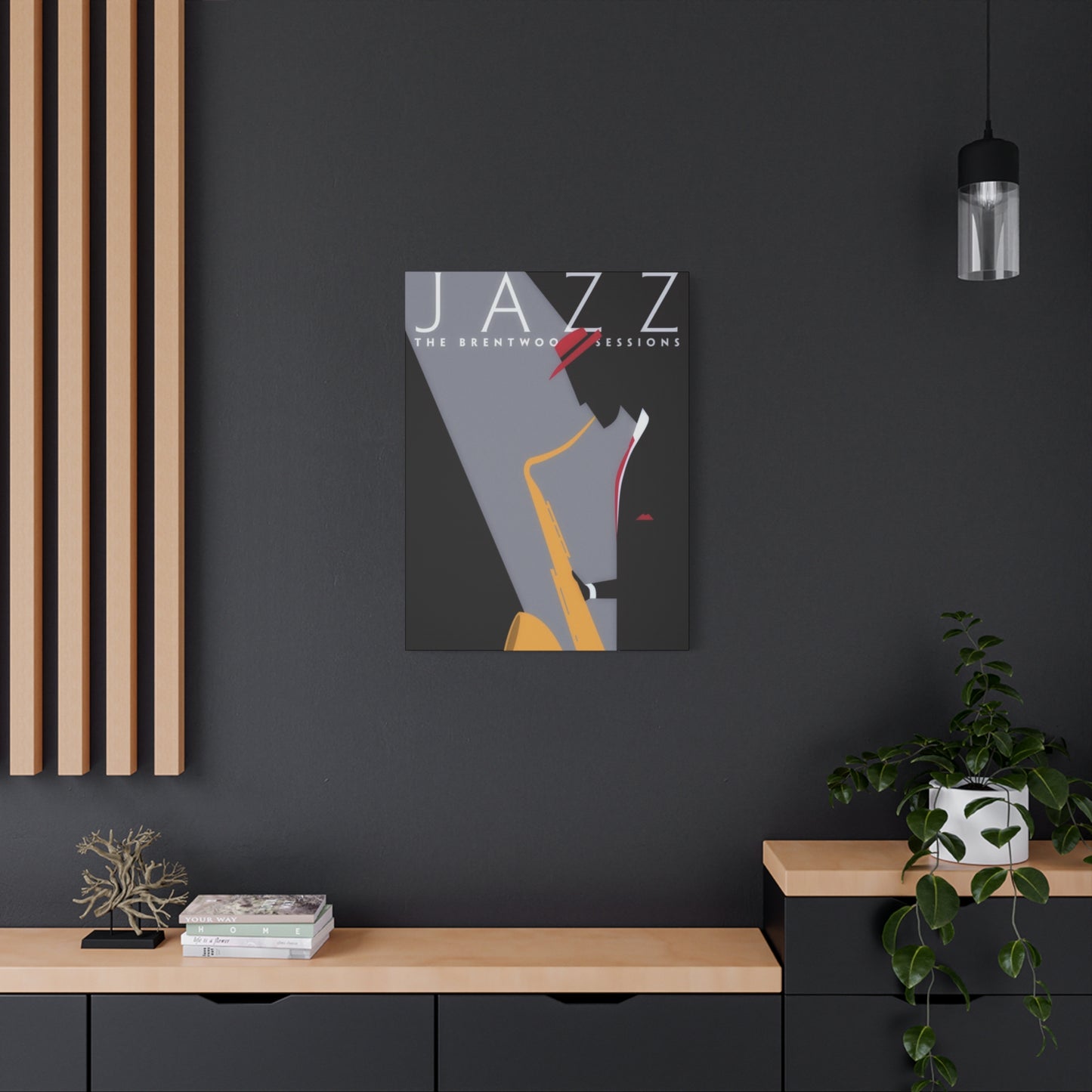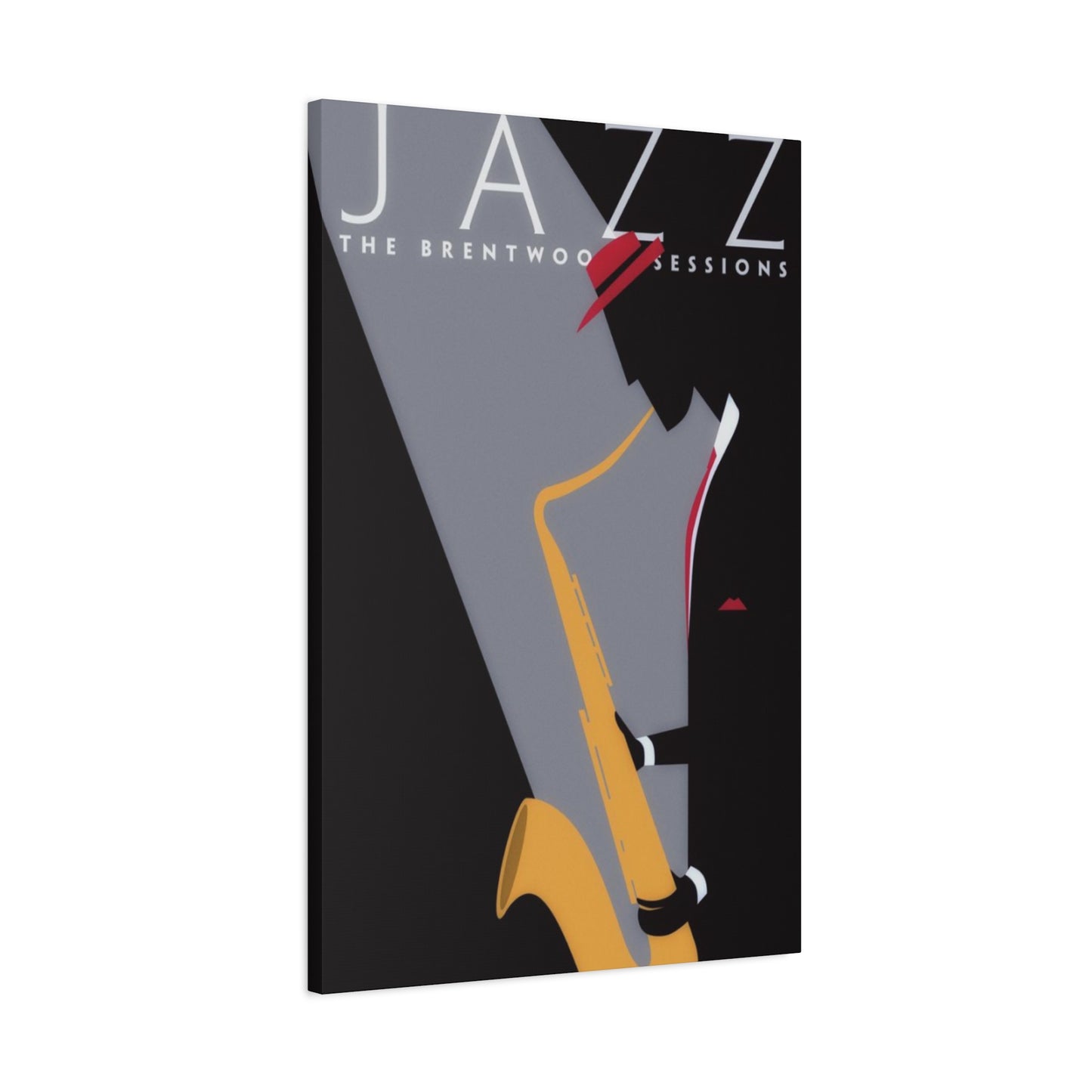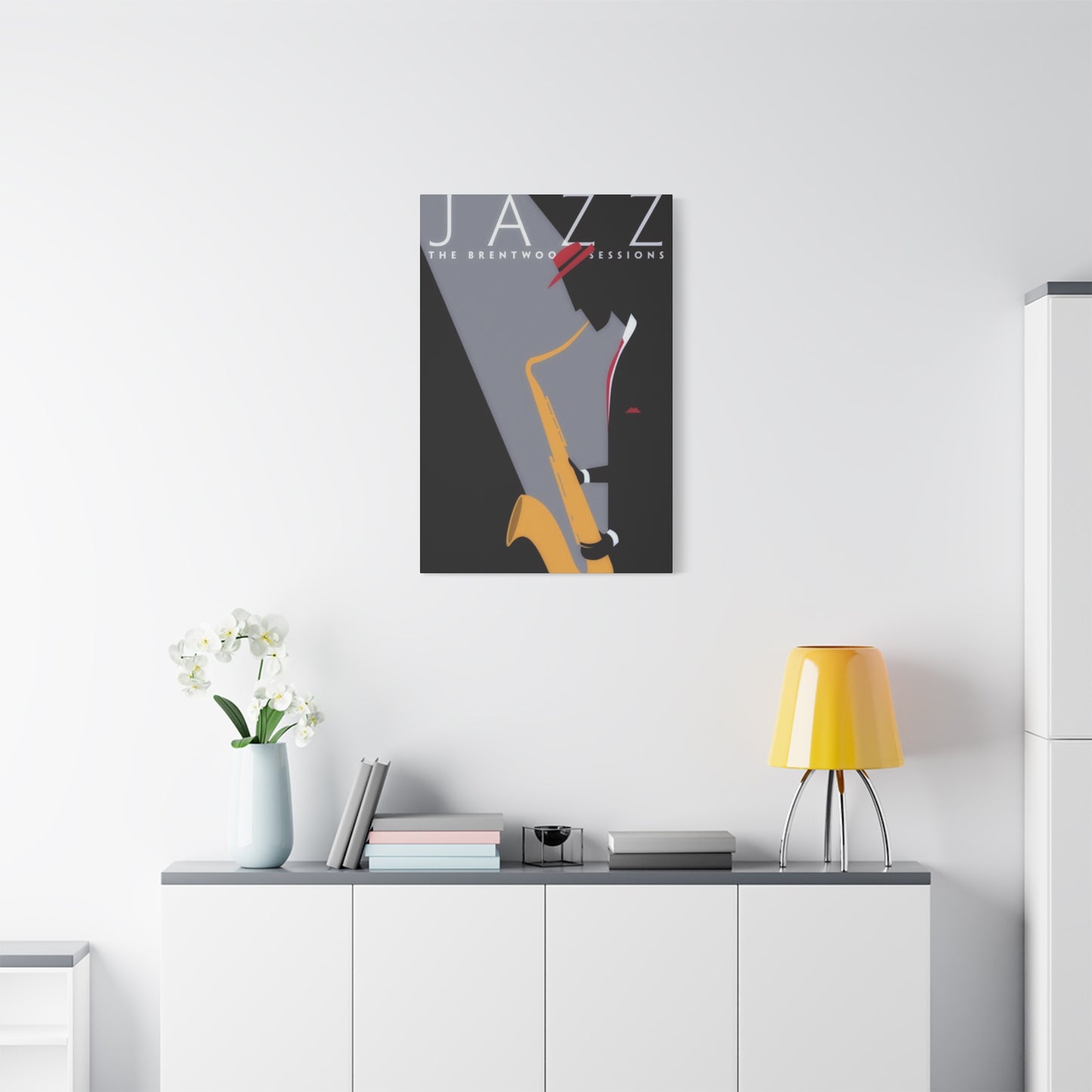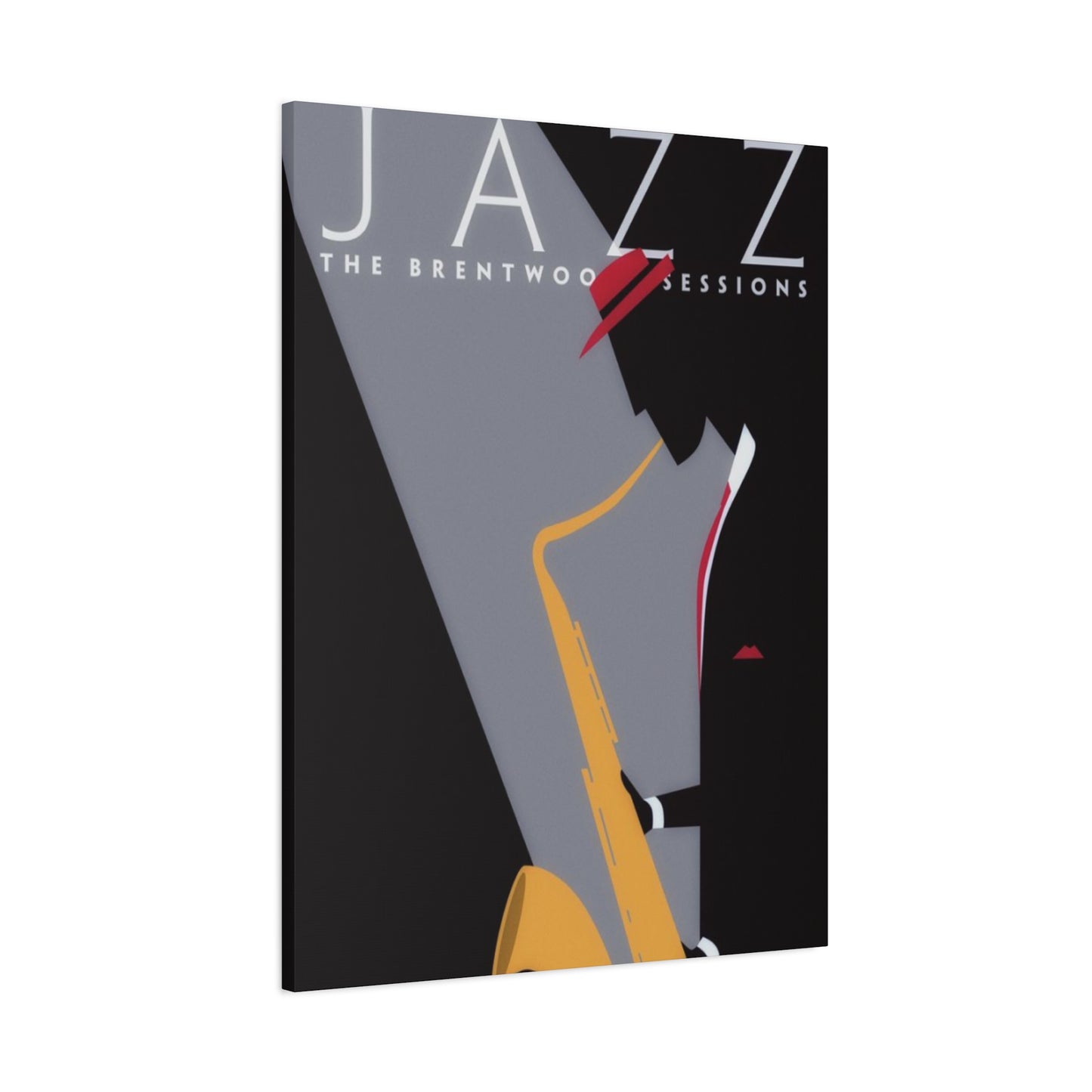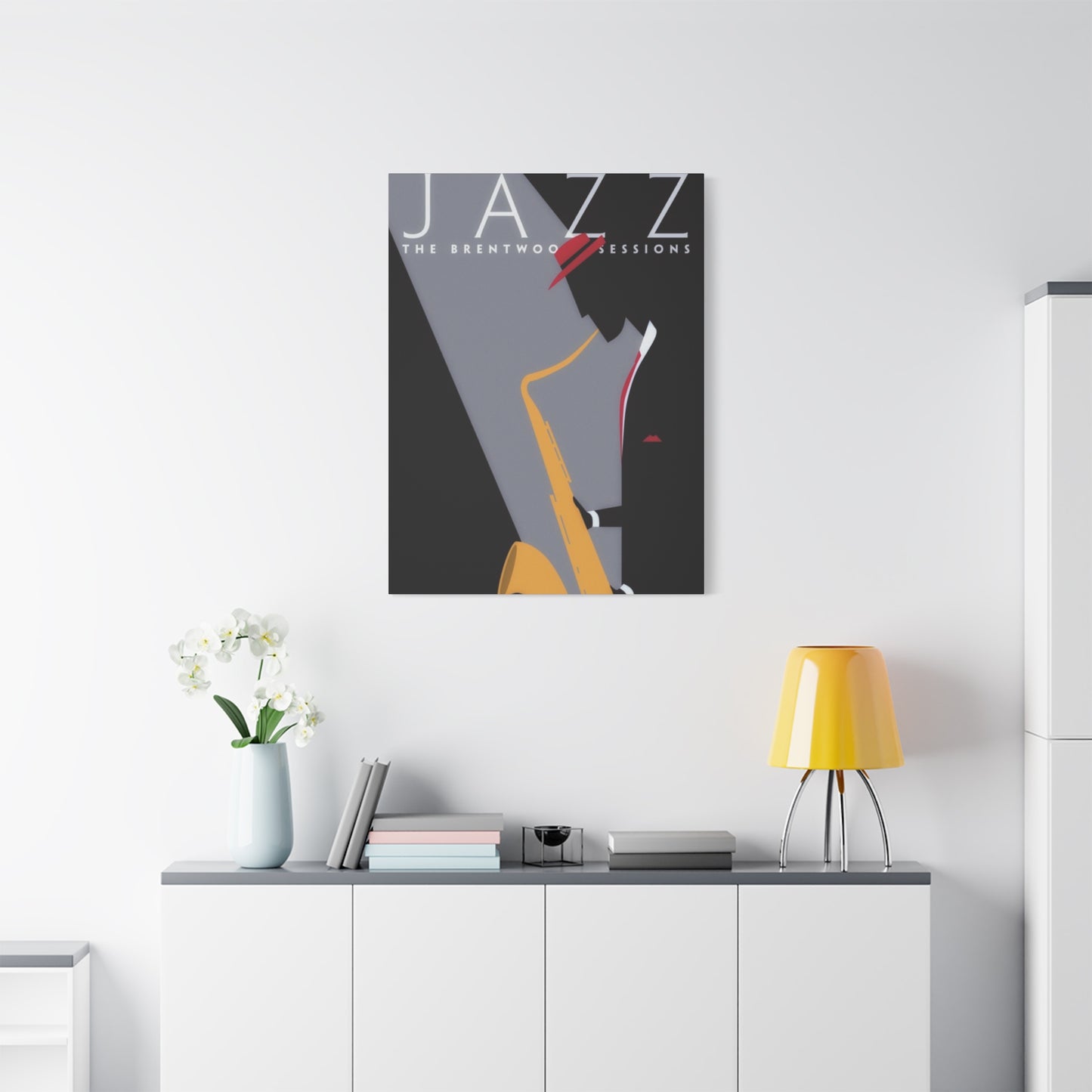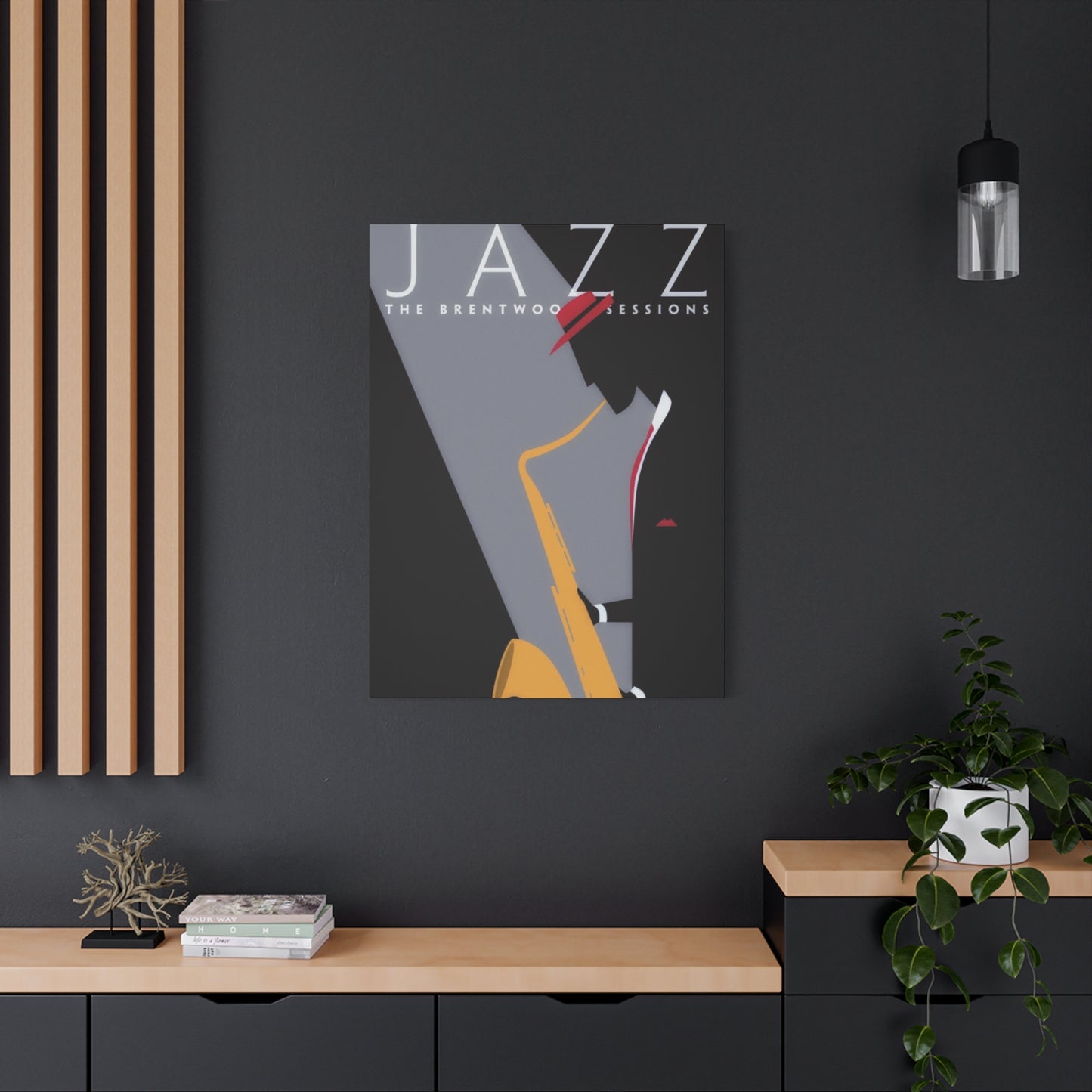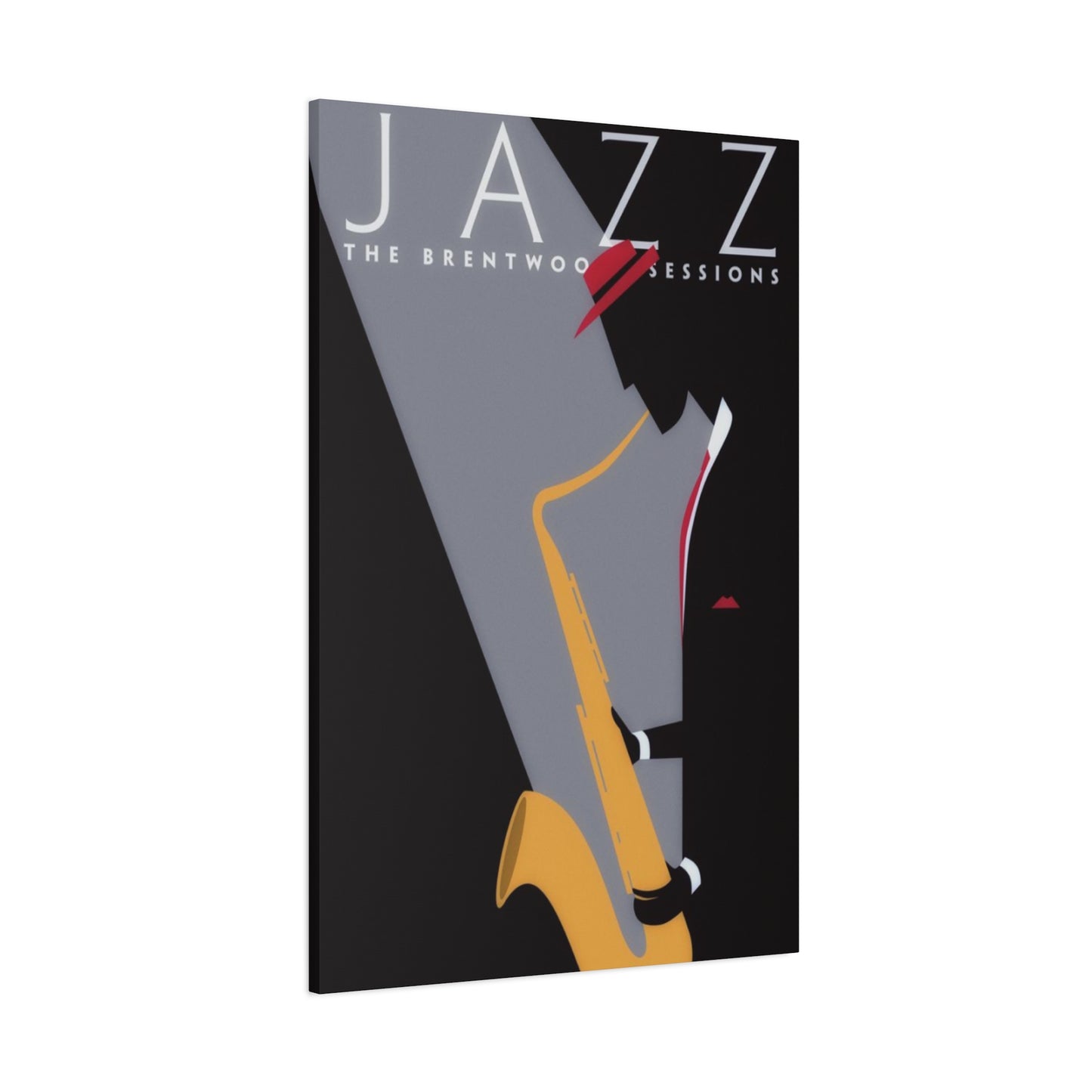Jazz Instruments and Musical Heritage in Wall Art: A Journey Through Visual Expression
The world of musical visual representation has found its most passionate expression through the marriage of sound and sight, where the rhythmic pulse of America's greatest musical export transforms blank surfaces into vibrant celebrations of cultural heritage. From the smoky clubs of New Orleans to the sophisticated galleries of Manhattan, the visual interpretation of musical artistry continues to captivate audiences, bringing the energy and emotion of live performance into homes, offices, and public venues across the globe.
This artistic movement represents far more than mere decoration; it embodies a cultural revolution that began in the early twentieth century and continues to evolve with each generation of artists and music lovers. The visual representation of musical instruments, particularly those associated with America's most distinctive musical genre, has become a powerful medium for expressing cultural identity, personal passion, and artistic innovation.
The relationship between sound and visual art has ancient roots, but the specific focus on American musical instruments in contemporary visual art represents a unique phenomenon that emerged alongside the development of modern American culture. Artists have discovered that the curves of a saxophone, the gleaming surface of a trumpet, or the towering presence of a double bass can convey emotion and energy even in silent visual form.
Museums, galleries, restaurants, and private collectors worldwide have embraced this artistic movement, recognizing its ability to create atmosphere, evoke memories, and establish cultural connections. The visual representation of musical instruments serves as a bridge between different artistic mediums, allowing viewers to experience the suggested sounds through purely visual means.
Contemporary artists working in this medium employ diverse techniques, from hyperrealistic oil paintings that capture every gleaming detail of brass and wood, to abstract interpretations that distill the essence of musical expression into bold shapes and vibrant colors. Photography, digital art, mixed media installations, and traditional drawing all contribute to this rich artistic landscape.
The commercial success of musical instrument artwork reflects its broad appeal across demographic boundaries. Unlike some specialized art forms that cater to narrow audiences, visual representations of musical instruments speak to universal experiences of rhythm, melody, and emotional expression that transcend cultural and generational divides.
Iconic Musical Instruments Captured in Visual Art
The saxophone stands as perhaps the most visually distinctive instrument in American musical heritage, its curved golden form providing artists with an immediately recognizable subject that embodies both elegance and raw emotional power. Artists have discovered endless ways to interpret this instrument's unique silhouette, from detailed technical illustrations that showcase every key and mechanism to sweeping abstract representations that capture the instrument's flowing lines and dynamic energy.
The visual appeal of the saxophone extends beyond its distinctive shape to include the rich textures and surfaces that artists love to explore. The gleaming brass finish reflects light in complex ways, creating opportunities for dramatic lighting effects and sophisticated color palettes. Many artists focus on these reflective qualities, using them to create compositions that seem to glow with inner light, suggesting the warm, breathy tones that make this instrument so beloved.
Contemporary artists have developed innovative approaches to saxophone representation that go far beyond traditional realistic portraiture. Some create collage works that incorporate sheet music, concert tickets, and other musical memorabilia into their saxophone imagery, building layered compositions that tell stories about musical experiences and cultural history. Others use the saxophone's form as a starting point for purely abstract explorations of line, curve, and rhythm translated into visual terms.
The trumpet, with its bold brass construction and dramatic bell shape, has inspired countless artistic interpretations that emphasize its role as both a musical instrument and a symbol of celebration, triumph, and cultural expression. Artists working with trumpet imagery often focus on the instrument's ability to project sound and emotion across great distances, using visual techniques that suggest movement, energy, and powerful projection.
The linear elegance of the trumpet provides artists with opportunities to explore geometric relationships and architectural forms within their compositions. Some artists emphasize the instrument's mechanical precision, creating technical drawings that reveal the complex engineering behind its simple appearance. Others use the trumpet's form as inspiration for bold graphic designs that reduce the instrument to its essential geometric elements while maintaining its recognizable character.
Trumpet artwork often incorporates themes of victory and celebration, drawing on the instrument's historical associations with military fanfares, royal proclamations, and festive occasions. Artists frequently use dramatic lighting and dynamic compositions to reinforce these associations, creating images that seem to ring with implied sound and movement.
The double bass presents artists with unique compositional challenges due to its impressive size and vertical orientation. This towering instrument demands artistic approaches that can accommodate its scale while capturing the intimacy and warmth of its deep, resonant voice. Many artists use the double bass as an opportunity to explore themes of foundation, support, and the essential role of rhythm in musical expression.
The double bass's wooden construction provides rich textural opportunities for artists working in various media. The grain patterns, the subtle color variations, and the instrument's gentle curves offer endless possibilities for detailed exploration. Some artists focus on these tactile qualities, creating works that seem to invite viewers to reach out and touch the warm wood surfaces.
The relationship between the double bass and the human form has inspired numerous artistic explorations. The instrument's size requires intimate physical interaction with its player, and artists often incorporate this human element into their compositions, creating works that explore themes of partnership, communication, and the physical demands of musical expression.
Piano keyboards, while not exclusively associated with American musical forms, play crucial roles in many artistic interpretations of musical heritage. The linear arrangement of black and white keys provides artists with ready-made compositional elements that can be arranged, distorted, and reimagined in countless ways. Some artists use keyboard imagery to explore themes of order and chaos, structure and improvisation.
The visual contrast between black and white piano keys has inspired numerous artistic explorations of duality, harmony, and the interplay between opposing forces. Artists often use keyboard imagery as metaphors for broader themes about life, relationships, and the balance between discipline and creativity that characterizes great musical expression.
Contemporary artists have found innovative ways to deconstruct and reimagine keyboard imagery, creating works that maintain the essential visual elements while exploring new possibilities for arrangement and interpretation. Three-dimensional installations that use actual piano keys as sculptural elements have become increasingly popular, blurring the boundaries between musical instruments and fine art objects.
Drum sets and percussion instruments provide artists with opportunities to explore rhythm and movement through purely visual means. The circular forms of drum heads, the linear elements of drumsticks, and the mechanical precision of hardware components offer rich compositional possibilities that many artists have embraced with enthusiasm.
The energy and movement associated with percussion performance inspire artistic approaches that emphasize dynamism and action. Many artists create works that seem to capture the moment of impact between stick and drum head, using visual techniques that suggest motion, sound, and rhythmic pulse through static imagery.
Legendary Musicians as Artistic Inspiration
Miles Davis, the revolutionary trumpeter whose career spanned multiple decades and musical movements, has inspired countless artistic tribulations that attempt to capture his innovative spirit and influential presence in American musical culture. Artists working with Davis imagery often focus on his intense performing style, his innovative approach to musical expression, and his role as a catalyst for musical evolution and cultural change.
The visual representation of Davis often emphasizes his commanding presence on stage, his focused intensity during performance, and his elegant personal style that made him a fashion icon as well as a musical innovator. Artists frequently use dramatic lighting and bold compositional techniques to suggest the power and sophistication that characterized his musical approach.
Contemporary artists have created numerous works that combine Davis portraits with abstract representations of his musical innovations, using visual elements to suggest the harmonic complexity and rhythmic sophistication that made his music so influential. These works often incorporate color palettes and compositional techniques that seem to echo the cool, sophisticated atmosphere of his most celebrated recordings.
Ella Fitzgerald, celebrated for her incredible vocal range and joyful performance style, has inspired artistic works that emphasize celebration, technical excellence, and the pure joy of musical expression. Artists creating Fitzgerald imagery often focus on her radiant smile, her graceful stage presence, and her ability to connect emotionally with audiences through her extraordinary vocal gifts.
The artistic interpretation of Fitzgerald often incorporates visual elements that suggest movement, rhythm, and the soaring quality of her vocal performances. Many artists use flowing lines, dynamic compositions, and bright color palettes to capture the uplifting energy that characterized her musical presentations.
Contemporary artists working with Fitzgerald imagery frequently explore themes of breaking barriers and achieving excellence despite societal limitations. Her success in a challenging era for female performers and African American artists provides rich material for artistic works that celebrate perseverance, talent, and the power of music to transcend social boundaries.
Louis Armstrong, the pioneering trumpeter and vocalist whose innovations helped shape modern American music, has inspired artistic works that celebrate his technical innovations, his joyful performance style, and his role as a cultural ambassador who helped spread American musical forms throughout the world. Artists often focus on his distinctive trumpet playing technique, his radiant smile, and his ability to communicate pure joy through musical expression.
The visual representation of Armstrong frequently emphasizes his role as an innovator and pioneer, using compositional techniques that suggest forward movement, discovery, and the breaking of new artistic ground. Many artists incorporate elements that reference his New Orleans origins, his international travels, and his impact on global musical culture.
Contemporary artists creating Armstrong imagery often explore the relationship between individual genius and cultural movement, using visual techniques that suggest how his personal innovations contributed to broader musical and social changes. These works frequently incorporate historical elements and cultural references that place his achievements within larger contexts of American cultural development.
Duke Ellington, the sophisticated composer and bandleader whose elegant musical arrangements helped elevate American music to new levels of artistic sophistication, has inspired artistic works that emphasize elegance, complexity, and the marriage of popular appeal with serious artistic intent. Artists working with Ellington imagery often focus on his role as a composer, his sophisticated personal style, and his ability to create music that was both accessible and artistically challenging.
The visual representation of Ellington frequently emphasizes themes of sophistication, urban elegance, and the integration of diverse musical influences into coherent artistic statements. Many artists use refined color palettes, elegant compositional arrangements, and subtle textural details to suggest the polish and sophistication that characterized his musical approach.
Contemporary artists creating Ellington imagery often explore the relationship between individual creativity and collaborative achievement, recognizing his success in leading and inspiring other musicians while maintaining his distinctive artistic vision. These works frequently incorporate elements that suggest the collective energy of big band performance while highlighting his individual contributions as composer and leader.
Billie Holiday, whose emotionally powerful vocal performances and tragic personal story have made her an enduring symbol of artistic authenticity and human vulnerability, has inspired countless artistic works that explore themes of beauty, pain, and the power of honest emotional expression. Artists working with Holiday imagery often focus on her distinctive performing style, her elegant fashion sense, and the emotional intensity that made her performances so compelling.
The visual representation of Holiday frequently emphasizes the contrast between her sophisticated artistic presentation and the personal struggles that informed her musical expression. Many artists use dramatic lighting, subtle color work, and compositional techniques that suggest both strength and vulnerability, capturing the complex emotional landscape that characterized her life and art.
Contemporary artists creating Holiday imagery often explore broader themes about the relationship between personal experience and artistic expression, using her story as a lens for examining how individual struggles can be transformed into universal artistic statements that speak to shared human experiences of love, loss, and resilience.
Musical Instruments in Contemporary Visual Art
The representation of musical instruments in contemporary visual art has evolved far beyond simple realistic portraiture to encompass a wide range of artistic approaches that explore the relationship between sound and sight, tradition and innovation, individual expression and cultural heritage. Contemporary artists working in this field draw inspiration from diverse sources, combining traditional artistic techniques with innovative technologies and materials to create works that speak to both music lovers and art enthusiasts.
Abstract interpretations of musical instruments have become increasingly popular among contemporary artists who seek to capture the essential qualities of musical expression without relying on literal representation. These artists focus on the emotional and aesthetic qualities associated with different instruments, translating characteristics like rhythm, melody, harmony, and tone into purely visual terms through color, form, and composition.
Many contemporary artists working in abstract musical instrument art emphasize the kinetic qualities of music-making, creating works that seem to vibrate with implied rhythm and movement. These pieces often use dynamic brushstrokes, flowing lines, and energetic color combinations to suggest the physical and emotional energy that characterizes live musical performance.
The integration of mixed media elements has opened new possibilities for artists working with musical instrument themes. Some contemporary artists incorporate actual musical instruments or instrument fragments into their works, creating three-dimensional pieces that blur the boundaries between visual art and musical artifact. These works often explore themes of transformation, showing how functional objects can be reimagined as pure aesthetic statements.
Digital art technologies have enabled contemporary artists to create musical instrument imagery that would be impossible through traditional media. Computer-generated works can manipulate instrument forms in ways that suggest sound waves, rhythmic pulses, and harmonic relationships through purely visual means. These digital works often incorporate animation elements that add temporal dimensions to static imagery.
Street art and graffiti artists have embraced musical instrument imagery as subjects that resonate with urban audiences and reflect the cultural importance of music in contemporary city life. These works often combine musical instrument imagery with other urban cultural elements, creating compositions that speak to the role of music in community building and cultural expression.
The photography of musical instruments has evolved into a sophisticated art form that explores the sculptural qualities of these functional objects. Contemporary photographers use advanced lighting techniques, unusual angles, and creative post-processing approaches to reveal hidden aesthetic qualities in familiar instrument forms. Some photographers create staged compositions that place instruments in unexpected contexts, creating surreal or thought-provoking imagery.
Installation artists have created large-scale works that incorporate musical instrument imagery into architectural contexts, transforming public and private environments through musical references. These works often invite viewer participation, creating interactive experiences that engage multiple senses while exploring themes related to music, community, and cultural expression.
Contemporary painters working with musical instrument subjects often combine realistic elements with abstract or fantastical additions, creating works that suggest the transformative power of musical expression. These paintings might show instruments dissolving into music notes, transforming into other objects, or existing in impossible environments that reflect the transcendent qualities of musical experience.
Sculpture artists have found musical instruments to be rich subjects for three-dimensional exploration, creating works that emphasize the physical beauty of these functional objects while exploring their cultural significance. Some sculptors create oversized instrument forms that invite viewers to consider familiar objects from new perspectives, while others deconstruct instruments to reveal their internal structures and mechanical relationships.
The commercial application of contemporary musical instrument art has created new markets and opportunities for artists working in this field. Restaurants, hotels, recording studios, and private collectors seek works that create specific atmospheres and cultural connections through musical references. This commercial success has encouraged more artists to explore musical themes while maintaining their individual artistic visions.
Musician Portraits in Domestic and Public Settings
The tradition of displaying musician portraits in domestic settings reflects a deep human desire to surround ourselves with images that represent our cultural values, personal interests, and aesthetic preferences. Musical performer portraits serve multiple functions in residential environments, acting as conversation pieces, inspiration sources, and expressions of individual identity that help define the character of living environments.
The placement of musician portraits within homes requires careful consideration of both aesthetic and practical factors. These works must complement existing décor while maintaining their individual impact and significance. Many homeowners choose locations that allow for contemplative viewing, such as music rooms, libraries, or quiet corners where the presence of musical imagery can enhance peaceful reflection and creative inspiration.
The scale of musician portraits in domestic settings often differs significantly from similar works displayed in public venues. Intimate home environments typically call for more personal, smaller-scale works that invite close examination and emotional connection rather than grand statements designed to impress large audiences. These residential works often emphasize subtle details and emotional nuances that might be lost in larger public installations.
Color coordination becomes particularly important when integrating musician portraits into established home décor schemes. Many homeowners work with artists or designers to ensure that portrait color palettes complement existing furniture, wall colors, and decorative elements while maintaining the artistic integrity and emotional impact of the musical imagery.
Lighting considerations play crucial roles in the successful integration of musician portraits into domestic environments. Proper illumination can enhance the emotional impact of these works while protecting them from damage caused by excessive exposure to direct sunlight or inappropriate artificial lighting. Many collectors invest in specialized lighting systems designed specifically for artwork display.
The grouping of multiple musician portraits creates opportunities for thematic displays that tell stories about musical history, personal preferences, or artistic movements. Some collectors focus on specific musical periods, geographic regions, or instrument types, creating cohesive displays that provide educational value alongside aesthetic appeal.
Public display of musician portraits serves different functions than domestic applications, often emphasizing cultural education, community building, and the celebration of shared musical heritage. Museums, libraries, community centers, and educational institutions use these works to create connections between viewers and musical traditions while providing opportunities for learning and cultural exploration.
The durability and maintenance requirements of musician portraits in public settings often influence artistic choices regarding materials, techniques, and protective measures. Works displayed in high-traffic areas must withstand casual contact, varying environmental conditions, and potential vandalism while maintaining their visual impact and educational value over extended periods.
Interactive elements have become increasingly common in public displays of musician portraits, with institutions incorporating audio components, touch screens, and other technologies that allow viewers to engage with both the visual artwork and related musical content. These enhanced displays create multi-sensory experiences that deepen understanding and appreciation of both the visual and musical arts.
The educational potential of musician portraits in public settings has led to the development of specialized programs that use these works as starting points for broader cultural education initiatives. Schools, libraries, and community organizations often build educational programming around portrait displays, creating opportunities for hands-on learning about music history, artistic techniques, and cultural heritage.
The commissioning of musician portraits for specific public installations has created opportunities for contemporary artists to engage with musical themes while serving community needs and cultural objectives. These commissioned works often reflect local musical traditions, celebrate regional artists, or commemorate specific cultural events or achievements.
Corporate environments have increasingly embraced musician portraits as elements that enhance workplace atmosphere while reflecting organizational values and cultural sophistication. Recording studios, entertainment companies, and businesses serving music industry clients often use these works to establish credibility and cultural connection with their target audiences.
The maintenance and conservation of musician portraits in various display contexts requires specialized knowledge and ongoing attention to environmental factors, cleaning requirements, and protective measures. Professional conservation services help ensure that these cultural artifacts remain available for future generations while maintaining their visual impact and historical significance.
Contemporary Artistic Movements in Musical Visual Art
The street art movement has embraced musical imagery with particular enthusiasm, creating large-scale murals and graffiti works that celebrate musical culture while transforming urban environments into outdoor galleries. Street artists working with musical themes often emphasize the democratic nature of both music and public art, creating works that speak directly to diverse urban audiences without requiring specialized knowledge or cultural gatekeeping.
The visual language of street art provides unique opportunities for expressing the energy and rebellious spirit associated with many musical forms. Bold colors, dynamic compositions, and unconventional techniques allow street artists to capture the raw energy of live performance while creating works that command attention in busy urban environments.
Collaboration between street artists and musicians has produced innovative projects that combine visual and audio elements in public presentations. These collaborations often result in temporary installations that bring together diverse artistic communities while creating memorable experiences for urban audiences.
The documentation and preservation of musical street art presents unique challenges, as these works are often created in temporary contexts or vulnerable locations. Photography and digital archiving projects have emerged to record these ephemeral works, creating permanent records of temporary artistic statements.
Digital art technologies have revolutionized the creation and distribution of musical visual art, enabling artists to create works that incorporate animation, interactivity, and multimedia elements. Digital artists working with musical themes can manipulate imagery in ways that would be impossible through traditional media, creating works that seem to pulse with implied rhythm or transform in response to viewer interaction.
The accessibility of digital art creation tools has democratized artistic expression, allowing musicians themselves to create visual works that complement their audio creations. Many recording artists now incorporate visual art into their promotional materials, album covers, and performance presentations, blurring traditional boundaries between different artistic disciplines.
Virtual and augmented reality technologies have opened new frontiers for musical visual art, creating immersive experiences that surround viewers with musical imagery while incorporating audio elements. These technologies allow for artistic experiences that would be impossible in traditional gallery settings, creating new possibilities for artistic expression and audience engagement.
The distribution of digital musical art through online platforms has created global audiences for works that might previously have been limited to local or regional viewing. Social media, digital galleries, and specialized platforms allow artists to share their musical visual works with international audiences while building communities around shared artistic interests.
Installation art incorporating musical themes has evolved to include large-scale works that transform entire architectural environments while exploring relationships between sound, sight, and physical environment. These installations often invite viewer participation, creating interactive experiences that blur boundaries between artist, artwork, and audience.
Site-specific musical installations respond to the unique characteristics of their display environments, incorporating architectural elements, acoustic properties, and cultural contexts into their artistic statements. These works often create temporary transformations of familiar environments, encouraging viewers to experience known places in new ways.
Creative Methods for Personal Musical Artwork
The creation of personal musical artwork provides opportunities for individuals to express their musical passions while developing artistic skills and creating meaningful decorative elements for their living or working environments. These do-it-yourself approaches to musical visual art can be adapted to various skill levels, available materials, and personal aesthetic preferences while maintaining connections to broader musical and artistic traditions.
Silhouette techniques offer accessible entry points for individuals interested in creating musical instrument artwork without requiring advanced drawing or painting skills. These methods typically involve tracing instrument outlines onto various materials, then using cutting, painting, or decorative techniques to create finished works that capture the essential forms of musical instruments while allowing for personal creative interpretation.
The use of sheet music as a creative medium has gained popularity among craft enthusiasts and amateur artists who want to incorporate authentic musical elements into their visual works. Vintage sheet music, with its distinctive typography and historical associations, provides rich textural and visual elements that can be incorporated into collages, decoupage projects, and mixed media compositions.
Photographic approaches to personal musical artwork allow individuals to create professional-looking results using readily available equipment and editing software. Digital photography of musical instruments, combined with creative editing techniques, can produce striking visual works that emphasize the sculptural qualities of these functional objects while reflecting personal artistic visions.
Printing and reproduction technologies have made it possible for individuals to create high-quality musical artwork using images sourced from various locations, including personal photographs, public domain materials, and licensed artwork. Home printing capabilities, combined with professional printing services, allow for the creation of museum-quality reproductions in various sizes and formats.
Stencil techniques provide structured approaches to creating musical imagery that can be applied to various surfaces and projects. Musical instrument stencils, whether purchased or hand-created, enable individuals to apply consistent imagery across multiple projects while maintaining flexibility for creative color choices and compositional arrangements.
The incorporation of three-dimensional elements into personal musical artwork projects adds textural interest and visual depth to finished works. Found objects, craft materials, and repurposed musical accessories can be integrated into flat compositions to create mixed media works that engage viewers through tactile as well as visual appeal.
Fabric-based approaches to musical artwork have produced wall hangings, quilts, and soft sculptures that bring musical themes into domestic environments through textile arts. These projects often combine traditional needlework techniques with contemporary artistic concepts, creating works that reflect both musical appreciation and handcraft traditions.
The use of unconventional materials in personal musical artwork projects encourages creative problem-solving while producing unique results that reflect individual artistic sensibilities. Recycled materials, natural objects, and repurposed items can be transformed into musical artwork that tells stories about sustainability, resourcefulness, and creative adaptation.
Group projects and community workshops focused on musical artwork creation provide opportunities for shared learning experiences while building connections between individuals who share musical interests. These collaborative approaches often produce works that reflect collective creativity while allowing individual participants to contribute their unique perspectives and skills.
The documentation and sharing of personal musical artwork projects through online platforms and social media has created communities of amateur artists who support and inspire each other's creative endeavors. These digital communities provide resources, feedback, and encouragement that help sustain interest in creative musical artwork projects.
Seasonal and holiday-themed musical artwork projects provide opportunities for creating temporary decorative elements that celebrate specific occasions while expressing musical interests. These projects often combine musical imagery with seasonal colors, patterns, and themes to create works appropriate for specific times of year.
The gift-giving potential of personal musical artwork projects makes them particularly valuable for individuals who want to create meaningful presents that reflect both artistic effort and knowledge of recipients' musical interests. Handmade musical artwork gifts often carry emotional significance that exceeds their monetary value while providing lasting reminders of personal relationships and shared interests.
Historical Periods and Design Aesthetics in Musical Art
The Art Deco movement of the 1920s and 1930s coincided with significant developments in American music, creating natural opportunities for the integration of musical themes with the distinctive visual characteristics of this influential design movement. Art Deco's emphasis on geometric forms, luxurious materials, and sophisticated urban aesthetics aligned perfectly with the cultural sophistication and metropolitan associations of the musical developments of this period.
The visual vocabulary of Art Deco, with its emphasis on vertical lines, stepped forms, and metallic finishes, provided artists with design elements that complemented the sleek, modern appearance of contemporary musical instruments. The movement's celebration of technological progress and industrial design found natural expression in artworks that featured the precision engineering and sophisticated manufacturing techniques evident in high-quality musical instruments.
Color palettes associated with Art Deco, including rich golds, deep blues, elegant blacks, and metallic silvers, created sophisticated visual environments that suggested the upscale venues and cultural sophistication associated with professional musical performance. These color choices helped establish atmospheric qualities that evoked the glamour and excitement of the entertainment industry during this pivotal period in American cultural development.
The integration of musical themes into Art Deco architectural elements created lasting legacies in theaters, hotels, and entertainment venues that continue to influence contemporary design approaches. These architectural applications demonstrated how musical imagery could be incorporated into functional design elements while maintaining the aesthetic sophistication and cultural significance associated with both artistic movements.
Typography and graphic design elements from the Art Deco period have continued to influence contemporary musical artwork, with artists drawing inspiration from the distinctive lettering styles, decorative borders, and compositional arrangements that characterized printed materials from this era. These design elements help create historical connections while maintaining contemporary relevance and appeal.
The influence of Art Deco design principles can be seen in contemporary musical artwork that emphasizes clean lines, geometric relationships, and sophisticated material combinations. Modern artists working in this tradition often combine historical design elements with contemporary materials and techniques, creating works that honor historical precedents while speaking to current audiences.
The Harlem Renaissance provided crucial cultural context for the development of musical visual art, as this period of intense creative activity brought together visual artists, musicians, and writers in collaborative relationships that produced innovative artistic works combining multiple creative disciplines. The cultural energy of this movement created an environment where boundaries between different art forms became fluid and collaborative.
Visual artists associated with the Harlem Renaissance often incorporated musical themes into their works as expressions of cultural pride and artistic innovation. These artists recognized the central role of music in African American cultural expression and used visual art to celebrate, document, and interpret musical traditions that were gaining recognition and respect in mainstream American culture.
The portrait tradition that emerged during the Harlem Renaissance established important precedents for the respectful and dignified representation of musical performers in visual art. These portraits often emphasized the artistic sophistication and cultural significance of their subjects while challenging prevailing stereotypes and cultural limitations.
Contemporary artists continue to draw inspiration from the collaborative spirit and cultural consciousness that characterized the Harlem Renaissance, creating works that honor this tradition while addressing current cultural conditions and artistic opportunities. These works often combine historical awareness with contemporary techniques and perspectives.
Photography and Musical Instrument Documentation
The photographic documentation of musical instruments has evolved from simple catalog imagery to sophisticated artistic exploration that reveals the sculptural beauty and cultural significance of these functional objects. Contemporary photographers working in this field employ advanced technical skills and creative vision to create images that transcend mere documentation, producing works that function as fine art while preserving important cultural artifacts.
Lighting techniques play crucial roles in musical instrument photography, as these objects often feature reflective surfaces, complex curves, and intricate details that require careful illumination to reveal their full visual potential. Professional photographers use multiple light sources, diffusion materials, and reflective surfaces to create dramatic effects that emphasize the three-dimensional qualities of their subjects.
The choice of backgrounds and compositional elements significantly influences the emotional impact and aesthetic success of musical instrument photographs. Some photographers prefer neutral backgrounds that emphasize the instruments themselves, while others incorporate environmental elements that provide cultural context or create specific moods and associations.
Macro photography techniques allow for detailed exploration of musical instrument construction, revealing the craftsmanship, materials, and mechanical precision that make these objects functional works of art. These close-up images often discover unexpected beauty in functional details while documenting the technical sophistication of instrument manufacturing.
The documentation of vintage and historical musical instruments serves important cultural preservation functions while creating artistic works that celebrate the evolution of musical technology and aesthetic design. These photographs often emphasize the patina, wear patterns, and historical modifications that tell stories about the instruments' use and cultural significance.
Contemporary photographers have experimented with unconventional approaches to musical instrument imagery, including abstract compositions that emphasize form and texture over literal representation. These experimental works often use unusual angles, selective focus, and creative post-processing to create images that suggest the emotional and aesthetic qualities associated with musical expression.
The integration of environmental elements into musical instrument photography creates opportunities for storytelling and cultural commentary. Photographs that show instruments in performance venues, recording studios, or domestic settings provide context that helps viewers understand the cultural roles and personal significance of these objects.
Digital photography technologies have expanded the creative possibilities available to photographers working with musical instruments, enabling techniques such as focus stacking, HDR processing, and composite imaging that can reveal details and create effects impossible with traditional photographic methods. These technical capabilities allow photographers to create images that match their creative visions without being limited by the physical constraints of conventional photography.
The commercial applications of musical instrument photography have created professional opportunities for photographers who specialize in this field. Music stores, manufacturers, auction houses, and private collectors require high-quality documentation for marketing, insurance, and archival purposes, creating steady demand for skilled photographers who understand both technical requirements and aesthetic considerations.
The artistic success of musical instrument photography often depends on the photographer's understanding of music and musical culture. Photographers who appreciate the cultural significance and functional purpose of their subjects often create more compelling images that resonate with viewers who share these musical interests and cultural knowledge.
The presentation and exhibition of musical instrument photography requires consideration of display methods, print materials, and viewing environments that complement the subject matter while maintaining the technical quality of the original images. Gallery presentations often incorporate audio elements or educational materials that enhance viewer understanding and appreciation.
The preservation and archival aspects of musical instrument photography contribute to important cultural documentation projects that help maintain records of musical heritage and technological development. These archival collections often serve research purposes while providing resource materials for artists, historians, and cultural institutions.
Cultural Impact and Social Significance
The presence of musical visual art in public environments contributes to community identity and cultural expression, creating shared reference points that help define local character while connecting residents to broader musical traditions and cultural movements. These public artworks often serve as gathering places and conversation starters that facilitate social interaction and community building.
Educational institutions have recognized the value of musical visual art in creating inspiring learning environments that support both artistic and musical education. Schools and colleges often incorporate musical artwork into their décor as expressions of institutional values while providing daily inspiration for students pursuing creative disciplines.
The therapeutic applications of musical visual art have gained recognition in healthcare settings, where these works can provide comfort, inspiration, and cultural connection for patients and families dealing with medical challenges. The emotional associations and positive cultural connections evoked by musical imagery contribute to healing environments that support both physical and emotional recovery.
The economic impact of musical visual art extends beyond individual sales to include tourism, cultural development, and community revitalization initiatives. Cities and regions often use musical artwork as elements in cultural tourism strategies, creating attractions that draw visitors while celebrating local musical heritage and contemporary artistic talent.
The democratizing effect of musical visual art has made cultural appreciation more accessible to diverse audiences who might not have opportunities to attend live performances or music education programs. Visual representations of musical culture provide entry points for cultural exploration while requiring no specialized knowledge or financial investment from viewers.
The role of musical visual art in cultural preservation helps maintain connections to musical traditions and historical periods that might otherwise be forgotten or overlooked. These visual works serve as cultural memory aids that keep important musical heritage alive for future generations while making historical information accessible through visual means.
Material Techniques and Artistic Methods
Traditional oil painting techniques have provided artists with rich possibilities for creating musical instrument artwork that emphasizes the luxurious textures, warm colors, and subtle lighting effects that make these subjects so visually appealing. Oil paints allow for sophisticated color blending, detailed rendering, and the creation of luminous effects that seem to capture the inner warmth and resonance associated with musical instruments.
The slow-drying properties of oil paints enable artists to work gradually and make adjustments over extended periods, allowing for the careful development of complex compositions that incorporate multiple instruments, detailed backgrounds, and sophisticated lighting schemes. This flexibility makes oil painting particularly suitable for ambitious projects that require extensive planning and execution.
Glazing techniques, traditional to oil painting, enable artists to build up transparent color layers that create depth and luminosity in their musical instrument subjects. These techniques are particularly effective for rendering the reflective surfaces of brass instruments and the rich wood grains found in stringed instruments and percussion equipment.
Watercolor approaches to musical instrument artwork offer different aesthetic possibilities, emphasizing transparency, spontaneity, and the fluid interaction between pigment and water that can suggest the flowing, ephemeral qualities of musical performance. Watercolor techniques are particularly effective for creating atmospheric effects and suggesting movement and energy.
Final thoughts
Jazz instruments and musical heritage in wall art offer a rich and emotionally resonant journey through visual expression. This genre of artwork not only celebrates the history and soul of jazz but also transforms musical rhythm into visual harmony. From abstract trumpet lines to stylized saxophones and upright bass silhouettes, these pieces capture the spontaneity and improvisational spirit that define jazz itself.
At its core, jazz is more than a musical style—it’s a cultural movement, a historical voice, and a reflection of deep-rooted expression born from resilience and innovation. When translated into visual art, jazz becomes an immersive experience, connecting sound, story, and identity through form, color, and composition. Wall art featuring jazz instruments often conveys the energy of a live performance or the introspective solitude of a solo artist, offering a powerful atmosphere to any space.
Incorporating jazz-themed wall art into your surroundings isn’t just a decorative choice—it’s an homage to a rich artistic legacy. Whether showcasing a vintage New Orleans brass band, a smoky club scene with moody lighting, or abstract interpretations of sheet music and melody, this kind of art brings cultural depth and emotion to walls. It speaks to those who appreciate not just aesthetics, but heritage, storytelling, and soul.
The versatility of this theme also allows it to bridge styles—from minimalist modern interiors to eclectic, bohemian, or vintage-inspired rooms. A bold canvas of a trumpet player mid-note or a collage of jazz legends can serve as a striking centerpiece, while more subdued pieces might evoke the gentle rhythm of a slow ballad in the background.
Ultimately, wall art inspired by jazz instruments and musical heritage is more than just visual décor—it’s a tribute to human creativity, improvisation, and the unspoken power of music. These artworks keep the spirit of jazz alive in everyday spaces, inviting viewers to feel, imagine, and remember. As we continue to seek connection through art, the timeless influence of jazz proves to be a source of endless inspiration.



















